35+ Incredible Bat Facts!
Briar goes to a bat biologist lecture and learns tons of cool things!
Happy Thursday, everyone! It’s learning day! As usual, we will go down the list in chronological order of what I discovered during each of my classes.
Psychology
-The Mississippi River flows through Wisconsin. I might have known this at some point, but I probably forgot. This was the only thing I learned in psychology class today, which is funny because it has nothing to do with psychology.
Tracing Wisconsin’s Bat Trails Lecture
Last Thursday, Professor Valerie told us that anyone who attended today’s lecture would get extra credit points. I can learn about bats, get extra credit, and free lunch? Sign me up!
I thought I knew about bats. I thought I had done enough homeschool field trip cave tours over the years to know the gist of it all. Turns out I was wrong. This lady was spitting out epic bat facts left and right. Everything she said was something I had never heard before, and I was struggling to write it all down fast enough!
The speaker was Jennifer Redell, a bat biologist in Wisconsin. Most US states have one bat biologist keeping track of the local species, but Wisconsin has three! Jennifer and the other biologists work through the DNR and research bats, track data, and help find solutions to problems.
-Wisconsin has 8 bat species that are either categorized as tree bats or cave bats. The difference is that tree bats migrate during the winter, and cave bats hibernate over winter.
Tree Bats
Silver-Haired Bat
Eastern Red Bat
Hoary Bat(this bat migrates all the way to the Gulf of Mexico!)
Evening Bat
Cave Bats
Big Brown Bat
Little Brown Bat
Northern Long-Eared Bat
Eastern Pipistrelle Bat
-Bats will swarm every morning during the fall from August to October. This is generally for mating and teaching young bats how to fly.
-Altogether, there are 1,400+ bat species in the world. Here are some notable ones:
-Tent Making Bats
In order to protect themselves from predators, the tent making bat will build tents out of leaves for them to hide inside. The “tent” is really just a well bent leaf that the bat will live inside of. They are from South America.
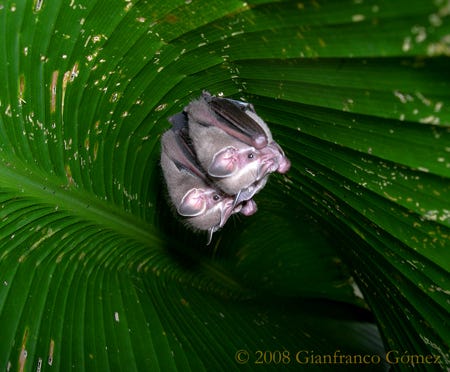

-Disc Winged Bat
These little cuties, who are also from South America, have suction cups on their hands to help them stick better to different surfaces.
-Hardwicke's Woolly Bats
This one is super cool! These tiny bats spend their days inside the carnivorous pitcher plant. The bats do not get consumed by the plant, but the plant shelters them, and in return, the bat fertilizes it with droppings. It’s a fascinating symbiotic relationship.
-Mexican Long Tongued Bat
This pollinator bat is known for its long tongue, which is 1/3 of its body length. They primarily pollinate agave plants and cacti.
-Pallid Bats
These bats are immune to scorpion stings. That comes in handy because scorpions make up 70% of the bat’s diet.
-Giant Golden-Crowned Flying Fox
This is the largest bat species, and it has a wingspan of 6 feet! It is native to the Philippines and is endangered. I’m not sure about you, but I wouldn’t want one of those to find its way into my attic XD!
-Vampire Bats
These bats have a bad rap. They aren’t after human blood; they are after blood from animals like cattle. It’s super cool how they get their meals. They are almost like giant mosquitoes! They use their sharp teeth to make a small incision on their animal of choice. The animal is not harmed other than the tiny cut. The bat will proceed to lap up the blood with its tongue and they have anticoagulant saliva, which prevents the blood from clotting right away, so it allows the bat to drink more. An interesting fact is that they can die of starvation after just 60 hours so it is very important that they find food.
Because of global warming, vampire bats are becoming more common in the southern part of the United States. There are many concerns about vampire bats transmitting diseases, such as rabies, to the numerous cattle ranches in the southern states. To help with this potential problem, scientists are working on a vaccine that they can use on the bats.
-Most bats use echolocation. The exceptions are giant bats, such as flying foxes.
-When a bat catches an insect, it makes a special buzz-clicking sound.
-Stuart Hyatt made a music album of 14 songs with bat sounds that he recorded. He did this to bring awareness to the significant decline in the bat populations over recent years. Here is a video of a beautiful poem/monologue about this sad truth. The bat music is played in the background, and the video is showing how they were able to put all of the sounds together.
-Bats can eat 1,000 mosquito-sized bugs per hour during the night.
-For their small size, bats live a very long time. The longest-lived wild bat that was recorded was 35 years old.
-Bats are crucial to eating agriculture pests. A study was done to see just how much money the bats save farmers in America. It turns out, in Wisconsin alone, bats save farmers between 658 million-1.5 billion dollars annually.
-Bats are essential pollinators for several plant species, and they also help to spread seeds.
-Bracken Cave is home to the largest concentration of mammals on the planet. More than 20 million Mexican Free-Tailed bats live inside this Texas cave.
-Another fantastic place for bat sightings is also in Texas. It is the Congress Avenue Bridge in Austin, TX. It is considered one of Austin's most spectacular tourist attractions, as the bats blanket the sky each night from March to November.
-In Wisconsin, bats hibernate for 6-7 months out of the year. October-May
-Bat pups can’t fly until July 15th. That’s my birthday, so I found it to be a fun fact.
-Bats emerge for their nightly feeding almost exactly 30 minutes after the sunset each night.
-Volunteers all across Wisconsin count bats as they emerge from bat houses. This data is invaluable to researchers like Jennifer.
-Bat biologists also trap and band many bats. Every bat they capture is given a band and a PIT tag. PIT(Passive Integrated Transponders) tags are trackers that do not require power.
-Some bats are tracked with radio telemetry devices, but the battery only lasts 6-7 days.
-White-nose is one of the biggest problems in bat colonies. It is a fungal disease that eats into the tissue, damages the wings, and wakes them up during hibernation, which starves them. It was introduced to the US in 2006. It started in New York and rapidly spread across the country.
-The disease kills 70-90% of bats when an area is infected.
-Other diseases like rabies are much less of an issue. Less than 0.5% of bats have rabies.
Whew! Take a deep breath! You probably know way more about bats than you need to know, but that’s how we do things here at the Gazette. I dump all the bucket loads of information I collect throughout the day right on your head! Isn’t this great? We’re all learning together!
Botany
Professor Val was out of town today, so I just had to watch a virtual lecture. The lecture itself was not all that interesting, but she said some random facts that caught my attention:
-To graft a plant, you must match up the two plants' vascular tissues. The plants will heal together and merge themselves.
-These are the different lumber cuts. I found this diagram to be unique. I had never thought of this before.


-Green Bay is famous for our paper… I did not know that. I thought we were famous for the Packers XD.
-In 1992 at a Green Bay paper mill, a man named Tom Monfils was murdered after 6 of his coworkers threw him in a paper vat, and the acid consumed him. There’s a Netflix documentary about it. There’s still some controversy surrounding the story, as some believe that Tom committed suicide and the people who were arrested didn’t deserve it.
-Conifer needles are tiny leaves that are triangular in shape. They may still be green all year long, but they don’t photosynthesize during winter. Otherwise, the needles would freeze and break off.
Cheesemaking and Fermentation
Once again, my professor was out of town, so we had a substitute teacher. I love her; she is fantastic! She is doing everything I want to do in the future on her 5-acre plot of land, AND she’s interested in interns and volunteers! She has goats, chickens, bees, a garden, and an orchard, and she does camps all summer long for students and adults. Stay tuned, I might be helping run ag camps next summer!!
-China has 500 Pizza Huts and wants yellow mozzarella like New Zealand has. New Zealand has yellow mozz because their cattle are grass-fed.
-Originally, mozzarella was made with Water Buffalo Milk
-Whey is good to pour on your blueberry plants. It is acidic and will help them to flourish.
-I learned how to make mozzarella today! It was pretty simple. Here’s a quick video to give you a taste of what it was like.
-Briar Albaugh




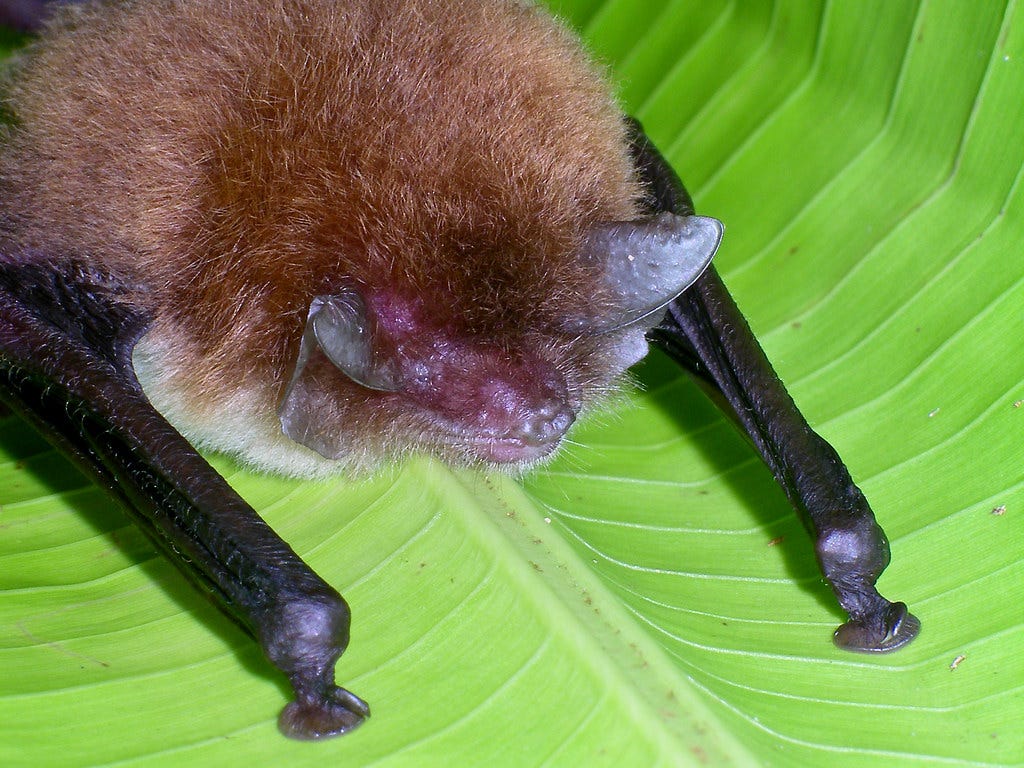
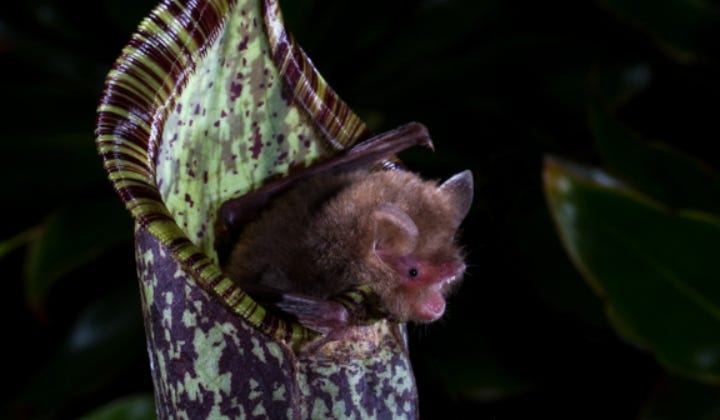
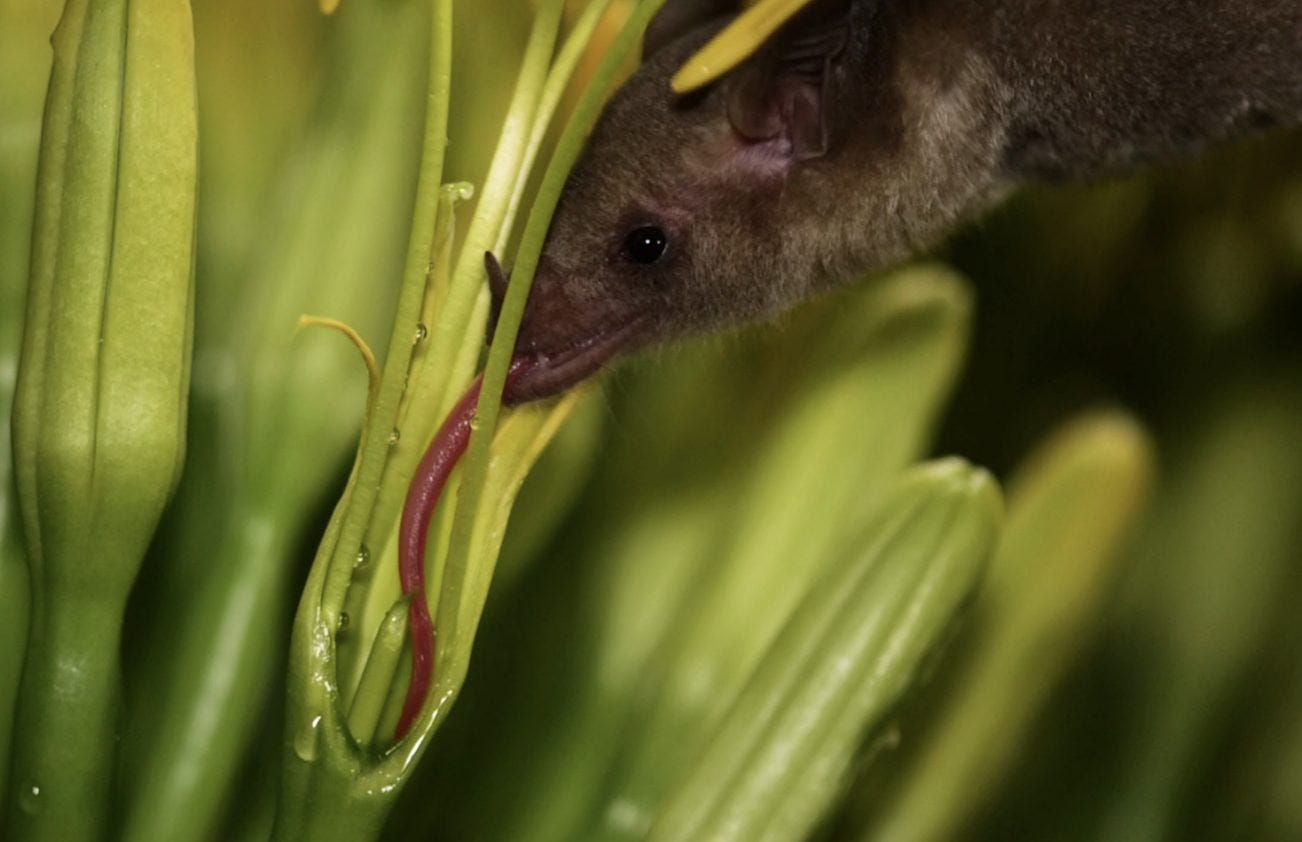
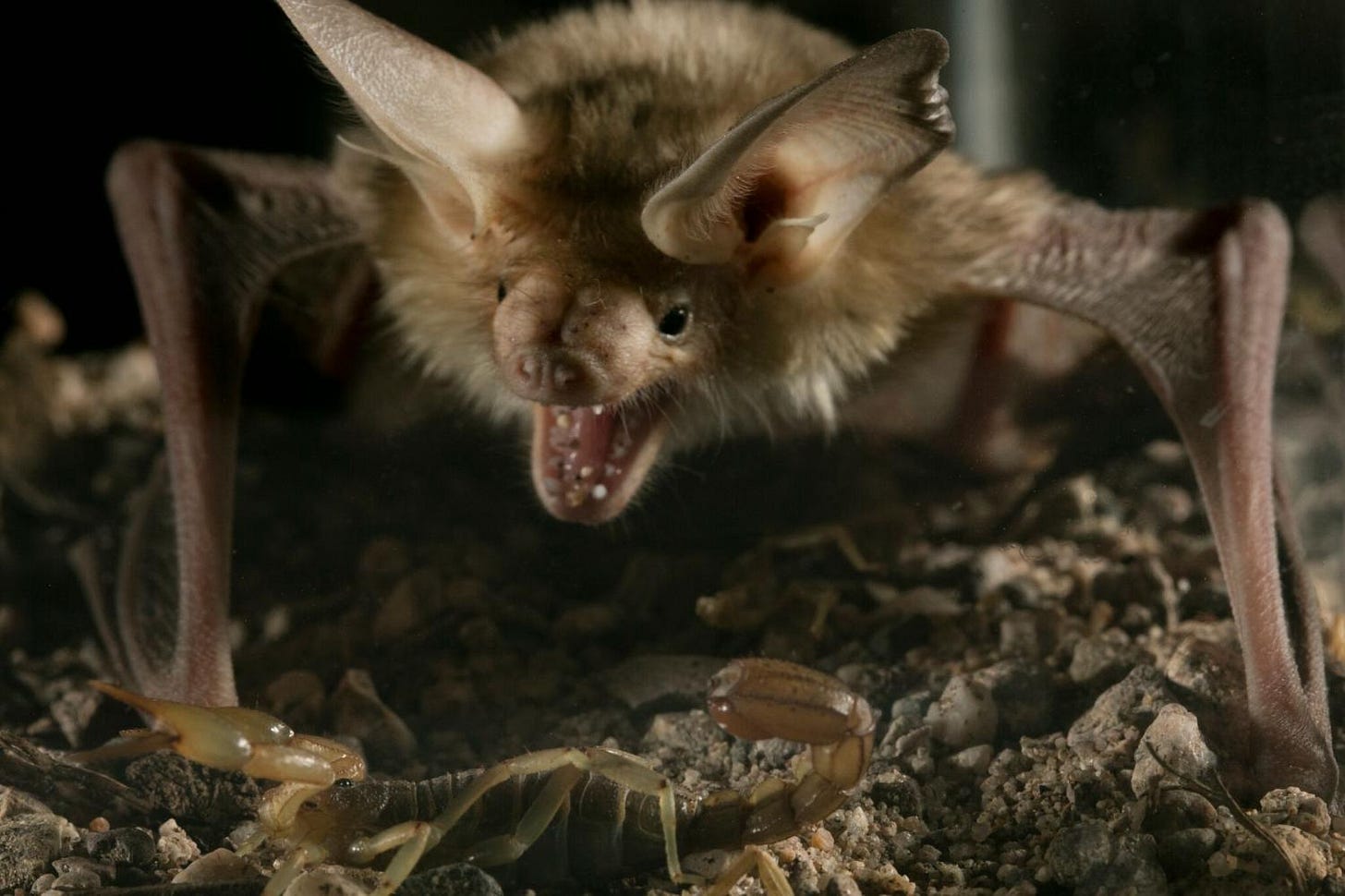


I'm personally very excited about vampire bats in Texas! My parents have been to one of those caves... I don't know which.